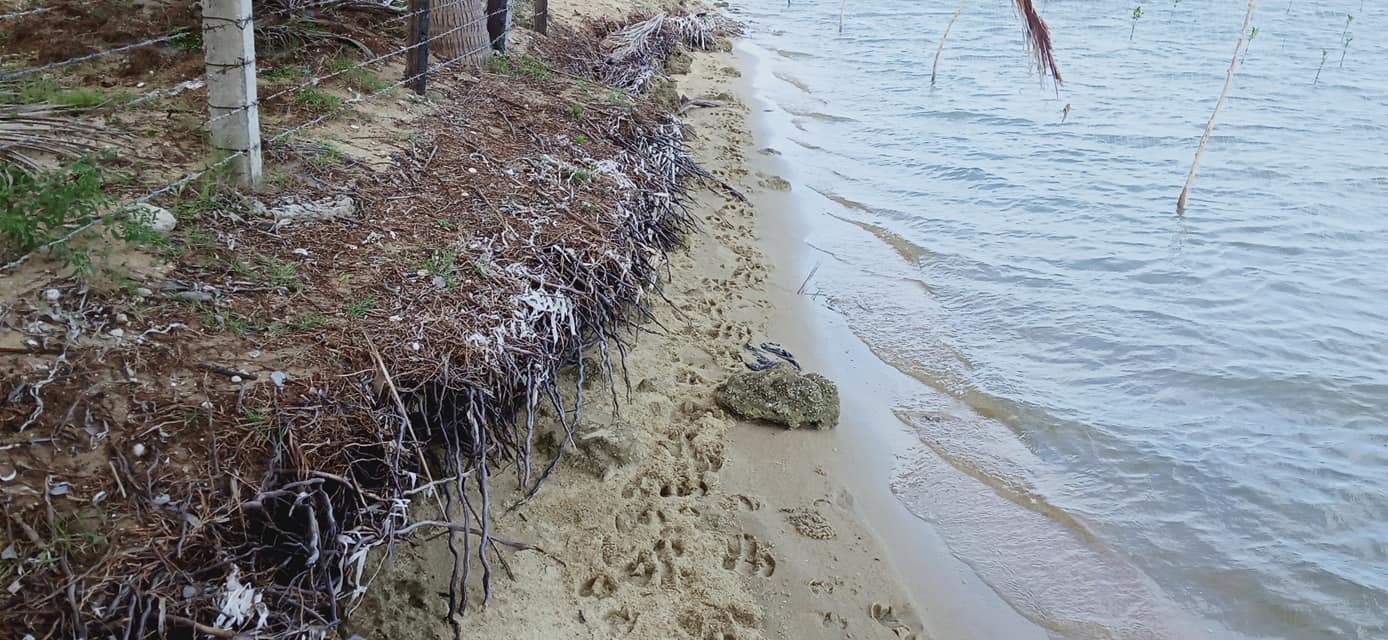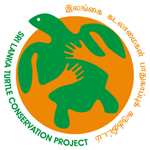
![]()
In the past 150 years, roughly half of the topsoil on the planet has vanished. Other aspects of agriculture, including soil erosion, have an impact on the quality of the soil. Compaction, deterioration of soil quality, loss of nutrients, and salinity changes are a few of these effects. These problems are extremely genuine and can occasionally be very serious.
All landforms are impacted by the naturally occurring process of soil erosion. In agriculture, soil erosion is the process of a field's topsoil being worn away by the physical forces of water, wind or pressures brought on by farming practices like tillage. All life on Earth is anchored by the brittle skin of the planet, the soil. It is one of the most valuable resources for humans and is made up of innumerable species that form a dynamic and complex ecosystem. All land use activities, especially those that are improperly managed, to some degree destroy or alter natural and semi-natural ecosystems. However, it is almost always those ecosystems that are in harmony with their surroundings that provide the most effective protection to the soil on which they depend. When water or wind impact separates and removes soil particles, the resulting decomposition of the soil is known as soil erosion. Around the world, erosion and surface runoff are major contributors to soil degradation resultant poor water quality.
Effects of soil erosion
Loss of Arable Land – The top, fertile layer of the soil is removed by soil erosion. This layer is rich in the essential nutrients that the soil and plants require. Low crop productivity results from the damaged soil’s inability to support crop production.
Clogging of waterways – Pesticides, insecticides, fertilizers, and other chemicals can be found in agricultural soil and the waterways where the soil mixed are contaminated with these chemicals. Flooding is caused by the sediments accumulated that build up in the water and raise
the water levels.
Air Pollution – Air pollution is caused by the dust particles combining in the atmosphere. Some poisonous substances, such as petroleum and pesticides, can be quite deadly when inhaled. The dry and semi-arid regions' dust clouds pollute vast areas when the winds blow.
Desertification – One of the main causes of desertification is soil erosion. Deserts are created where there were once inhabited areas. The situation is made worse by deforestation and disruptive land use. Additionally, this results in a decrease in biodiversity, deterioration of the soil, and ecosystem changes.
Destruction of Infrastructure – The efficiency of dams and their banks may be decreased by the buildup of soil sediments. As a result, it has an impact on infrastructure initiatives like drainage, embankments, and dams.
You can stop soil erosion by Intensive cropping, Sowing grasses and planting xerophytes, Terrace farming, Contour bunding.




